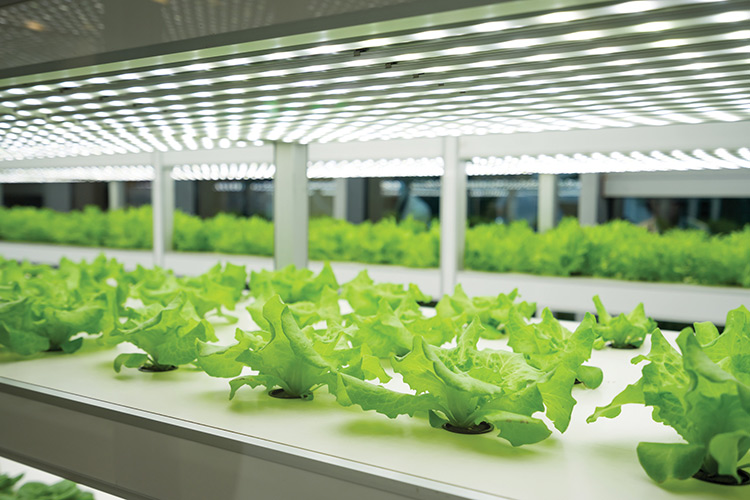
Agriculturists need information and with the unpredictability of mother nature, it isn’t a surprise that growers are turning to advanced technologies to boost production efficiency and crop resilience. In agriculture, the Internet of Things (IoT) is more present than ever before, and smart growing is a great example. Today we are discussing Benefits of Smart Growing.
One of the earliest adoptions of the technology are greenhouses. Greenhouses provide a “controlled environment” and is customized to the needs of what is being produced. Traditionally, micro-climate and agronomic parameters have been recorded in a rather manual and inconsistent manner. There’s a limit to what can be measured, and farming practices are executed on a pre-defined, speculation-based schedule. On the other hand, weather changes throughout the day and “invisible” conditions like open doors or early-stage infection constantly influence the greenhouse environment and threaten to damage crops.
Benefits of Smart Growing:
- Digitized Grow Log
- Maintain Ideal Conditions
- Increase Fertilizer and Irrigation Use Efficiency
- Control infection and avoid diseases that rob quality
- Optimize Yields. Improve your results every grow.
Sensors are now embedded in our everyday life and business. The need for data is growing exponentially and sensors are used to capture any data in almost any situation and location. Check-It Solutions has integrated with hundreds of IOT sensors from embedded to fixed to battery-powered stand-alone wireless devices. This provides us with the experience and ability to use the right sensor in any given situation. Check-It will implement new sensors or use your existing field devices to gather the data required. Collected data is fed into an IoT platform where analytical algorithms turn it into actionable data to uncover bottlenecks and abnormalities. Let’s explore the Benefits of Smart Growing in details share below:
1. Digitized Grow Log
All your data in one log. Eliminates need for manual tracking of settings during the life of the crop.
2. Maintain Ideal Conditions
IoT sensors allow farmers to collect various data points that provide real-time information on critical climate factors including, temperature, humidity, light exposure and carbon dioxide across the greenhouse.
3. Increase Fertilization and Irrigation Use Efficiency
Stay on top of their crop conditions. Maximizing fertilizer and irrigation use efficiency allow you to ensure the needs of the plant are met for maximum yields to occur. Irrigation can be turned on automatically when the measured soil moisture data requires it when it reaches the set thresh-hold.
4. Control Infection and Avoid Diseases That Rob Yield
Crop infection is a persistent farming challenge, with every outbreak taking a heavy toll on the crop margins. With the help of a machine learning platform, data on greenhouse environments and soil characteristics reveal valuable insights into the level of risk of existing pests and the level of fungi that may be present. Especially if RH levels get too high.
5. Optimize Yields
Optimization. Maintain proper environmental conditions for optimal plant growth and health
- Too much RH and you can have diseases like mold develop
- Reduction in light reduces plant health and yield
- Having a hot grow room is not healthy for the plants and your profits could burn up
Want to get started?
With our Smart Growing Monitoring Solutions, we collaborate to define what to measure, understand why you are measuring each item and determine what the optimal conditions are. The next step is to put all of the data together and pull out actionable data to make better decisions. Check-It has been adapting LoRaWAN technology for smart growing in greenhouses and micro-cultivation applications. Contact us today to get started.
